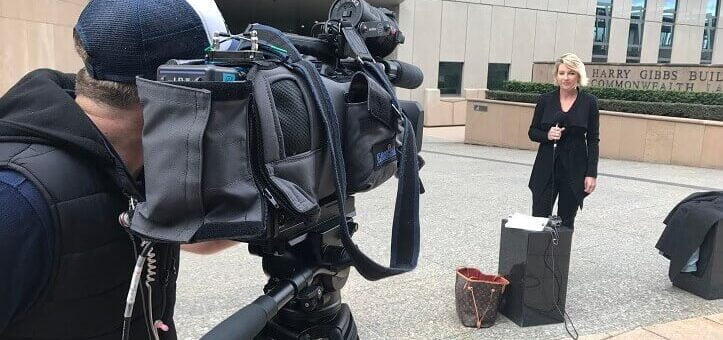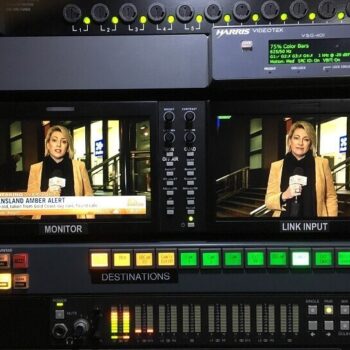The key to effective storytelling is media relations skills
Public relations is all about storytelling to connect with an audience. Stories tell a message, relay information and help us understand the world around us.
Audiences tend to filter storytelling into three categories:
- Is this important to me?
- Is this unimportant to me?
- Will it affect my future, survival or well-being?
These categories can help us to process what we’re reading, viewing or listening to – and subsequently, how much attention should be paid. For PR practitioners, stories are used to craft messages that target specific audiences. It’s important to have skills that can be used to tell stories and communicate effectively with the public.

Our Director of Communications Clare Christensen says that PR relies on good storytelling.
“Great storytelling requires you to stay true to your brand message and inspire a response from the public,” she said.
“Now, more than ever, there are more avenues for brand stories to be told. Ensure your content connects with your audience. If they engage with you and your brand and feel like there is a relationship there, they’re less likely to seek out your competitors.”
Here’s a list of the media relations skills you need to create effective stories:
Great writing skills
First off, you need to have top notch writing skills. PR requires you to write engaging content across a broad range of mediums, each with their own styles and rules. These can include:
- Media releases
- Blog posts
- Website content
- Newsletters
- Magazine articles
- Speech writing
- Social media posts.
Make sure your writing provokes an emotional response from the audience. Emotion is a powerful tool which can drive an audience into action.
Understanding your brand’s message
Understanding the types of message you want to convey about your brand and the way you want to say it can help you determine whether your storytelling is hitting the mark. Your brand message should challenge, reinforce or support.
A challenger brand heavily relies on storytelling, as it wants to challenge the audience’s view on a certain topic. These stories often need to be persuasive and inspiring, while also resonating with the public, making an impact on current worldview.
A reinforcer brand will usually reinforce a current view, but also present another solution. These types of brand messages are often trustworthy, as they’re highly focused towards a certain target audience.
A supporter brand message calls for change. It can also be used to support a concept or innovation. These types of messages need to be crafted so they comfort, persuade and educate the audience.
Excellent listening skills
When it comes to storytelling, you often need to listen to the world around you and listen to other stories being told. A good story is one that adjusts to maintain its message by listening to what someone is saying. Once you’ve written your message, you must listen to how the audience responds to it.
This can be done by monitoring what is being said on social media or reading any comments made. It’s also an opportunity to be ‘reactive’ in your PR – consider what else is making news that your story fits into, in which you could contribute your brand’s unique perspective.
Consistency is key
Another skill that is important for creating great stories is being consistent. When it comes to dealing with the media, having a consistent message will help encourage trust with your audience.
In terms of storytelling through social media or blogs, you must post multiple times a week to maintain engagement and reinforce your message.
Be creative
All the best stories need creativity. Once you’ve created your message, try to find interesting and creative ways to share it.
Think about “the angle”, or even multiple angles, that your audience will respond to. These messages can be shared in different ways: social media, video, podcast or articles, are just the tip of the iceberg!


